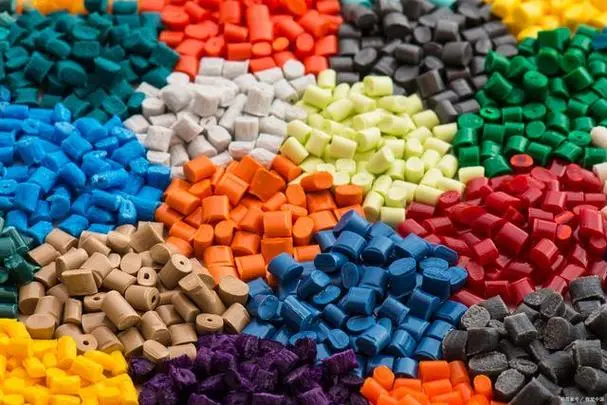Asetonion väritön, haihtuva neste, jota käytetään laajalti teollisuudessa ja jokapäiväisessä elämässä. Se on eräänlainen ketoni, jonka molekyylikaava on C3H6O. Asetoni on syttyvä aine, jonka kiehumispiste on 56,11 °C.°C ja sulamispiste -94,99°C. Sillä on voimakas ärsyttävä haju ja se on erittäin haihtuva. Se liukenee veteen, eetteriin ja alkoholiin, mutta ei veteen. Se on hyödyllinen raaka-aine kemianteollisuudessa, jota voidaan käyttää erilaisten yhdisteiden valmistukseen, ja sitä käytetään myös liuottimena, puhdistusaineena jne.
Mitä ainesosia asetoni sisältää? Vaikka asetoni on puhdas kemiallinen yhdiste, sen valmistusprosessiin liittyy monia reaktioita. Tarkastellaan asetonin koostumusta sen valmistusprosessin perusteella.
Ensinnäkin, millä menetelmillä asetonia voidaan valmistaa? Asetonin valmistamiseksi on monia menetelmiä, joista yleisin on propeenin katalyyttinen hapetus. Tässä prosessissa käytetään ilmaa hapettimena ja sopivaa katalyyttiä propeenin muuttamiseksi asetoniksi ja vetyperoksidiksi. Reaktioyhtälö on seuraava:
CH3CH=CH2 + 3/2O2→CH3COCH3 + H2O2
Tässä reaktiossa käytetty katalyytti on yleensä titaanidioksidi inertin kantajan, kutenγ-Al2O3. Tämän tyyppisellä katalyytillä on hyvä aktiivisuus ja selektiivisyys propeenin muuntamisessa asetoniksi. Lisäksi joitakin muita menetelmiä ovat asetonin tuotanto isopropanolin dehydrauksella, asetonin tuotanto akroleiinin hydrolyysillä jne.
Mistä kemikaaleista asetoni sitten valmistetaan? Asetonin tuotantoprosessissa raaka-aineena käytetään propeenia ja hapettimena ilmaa. Tässä prosessissa käytetty katalyytti on yleensä titaanidioksidia tuettuna titaanidioksidilla.γ-Al2O3. Lisäksi erittäin puhtaan asetonin saamiseksi reaktion jälkeen tarvitaan yleensä erotus- ja puhdistusvaiheita, kuten tislausta ja rektifiointia, muiden epäpuhtauksien poistamiseksi reaktiotuotteesta.
Lisäksi erittäin puhtaan asetonin saamiseksi tarvitaan yleensä erotus- ja puhdistusvaiheita, kuten tislausta ja rektifiointia, muiden epäpuhtauksien poistamiseksi reaktiotuotteesta. Lisäksi ympäristön ja ihmisten terveyden suojelemiseksi tuotantoprosessissa on toteutettava asianmukaisia käsittelytoimenpiteitä saasteiden ja päästöjen vähentämiseksi.
Lyhyesti sanottuna asetonin tuotantoprosessiin kuuluu monia reaktioita ja vaiheita, mutta tärkein raaka-aine ja hapetin ovat vastaavasti propeeni ja ilma. Lisäksi titaanidioksidia tuettunaγ-Al2O3:a käytetään yleensä katalyyttinä reaktioprosessin edistämiseksi. Lopuksi, erotus- ja puhdistusvaiheiden, kuten tislauksen ja rektifioinnin, jälkeen voidaan saada erittäin puhdasta asetonia käytettäväksi erilaisissa sovelluksissa.
Julkaisun aika: 18.12.2023





